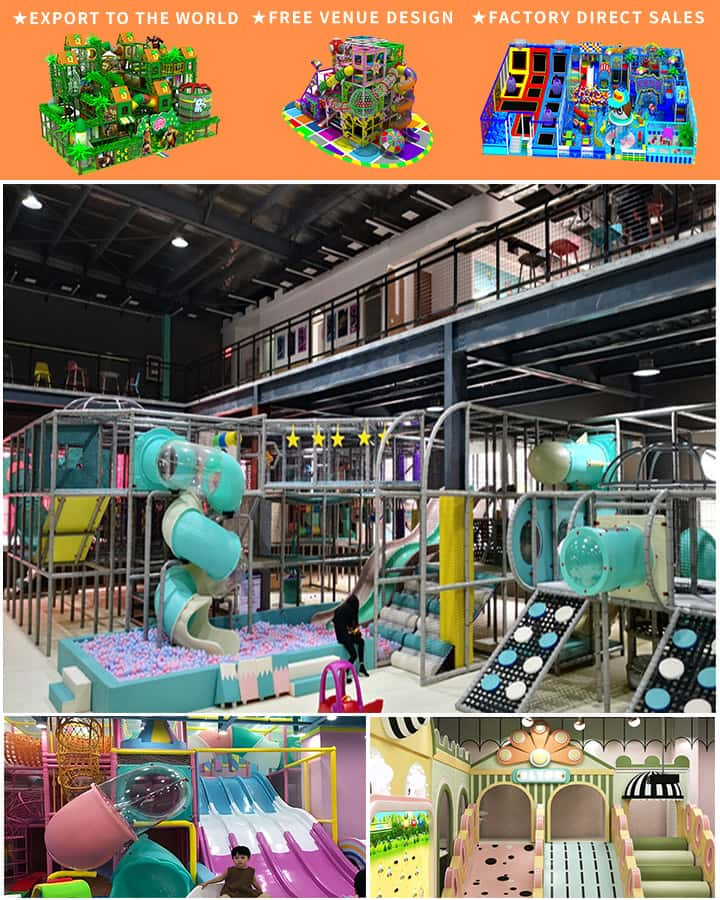In the ever-evolving landscape of family entertainment, indoor playgrounds have emerged as a popular destination for children and parents alike. But are indoor playgrounds profitable? This question has piqued the interest of many entrepreneurs looking to capitalize on the burgeoning market of indoor recreational facilities. Let’s delve into the factors that contribute to the profitability of indoor playgrounds and explore whether they present a lucrative business opportunity.
The Rising Popularity of Indoor Playgrounds
Indoor playgrounds offer a safe, clean, and engaging environment for children to play, regardless of weather conditions. These facilities often feature climbing structures, ball pits, trampolines, slides, and interactive games, providing diverse forms of physical activity and entertainment. The appeal of indoor playgrounds is evident in their steady growth across various demographics, including urban areas where outdoor space may be limited.
Revenue Streams and Financial Viability
One of the primary revenue streams for indoor playgrounds comes from entry fees charged to visitors. Many establishments also offer membership packages, party rentals, and special events, which can significantly boost their income. Moreover, food and beverage sales within the facility represent an additional revenue source. By offering these supplementary services, indoor playgrounds can enhance their profitability while providing added convenience and value to customers.

Operational Costs and Management
While there is potential for substantial revenue, running an indoor playground requires careful consideration of operational costs. Key expenses include rent or mortgage payments, utilities, staff salaries, maintenance, marketing, and insurance. Proper management and efficient operations are crucial to keeping these costs in check and ensuring a healthy profit margin. Investing in high-quality equipment and maintaining it regularly can prevent costly repairs and ensure customer satisfaction.
Target Market and Customer Retention
The target market for indoor playgrounds typically includes families with young children, but they can also attract older children, daycare centers, schools, and community groups. Building strong relationships with repeat customers is essential for sustained profitability. Offering loyalty programs, hosting themed events, and creating a welcoming atmosphere can encourage customer retention and positive word-of-mouth referrals.
Seasonal Variations and Climate Independence
Unlike outdoor amusement parks that rely heavily on favorable weather conditions, indoor playgrounds benefit from climate independence. This means they can operate year-round without significant fluctuations due to seasonal changes. In regions with extreme weather or cold winters, indoor playgrounds can become particularly attractive, providing a consistent flow of customers throughout the year.
Competitive Landscape and Market Trends
As with any business venture, understanding the competitive landscape is crucial. Conducting a thorough market analysis can help prospective owners identify gaps in the market, assess the level of competition, and strategize accordingly. Keeping abreast of industry trends, such as new technology integrations and evolving consumer preferences, can also position an indoor playground to stand out and remain relevant.
Conclusion
In conclusion, indoor playgrounds hold considerable potential for profitability, driven by their growing popularity and multiple revenue streams. However, success in this venture hinges on effective cost management, strategic marketing, and a keen understanding of the target market. By addressing operational challenges and leveraging opportunities, indoor playgrounds can offer both fun and financial rewards for business owners willing to invest in this dynamic sector of the family entertainment industry.




